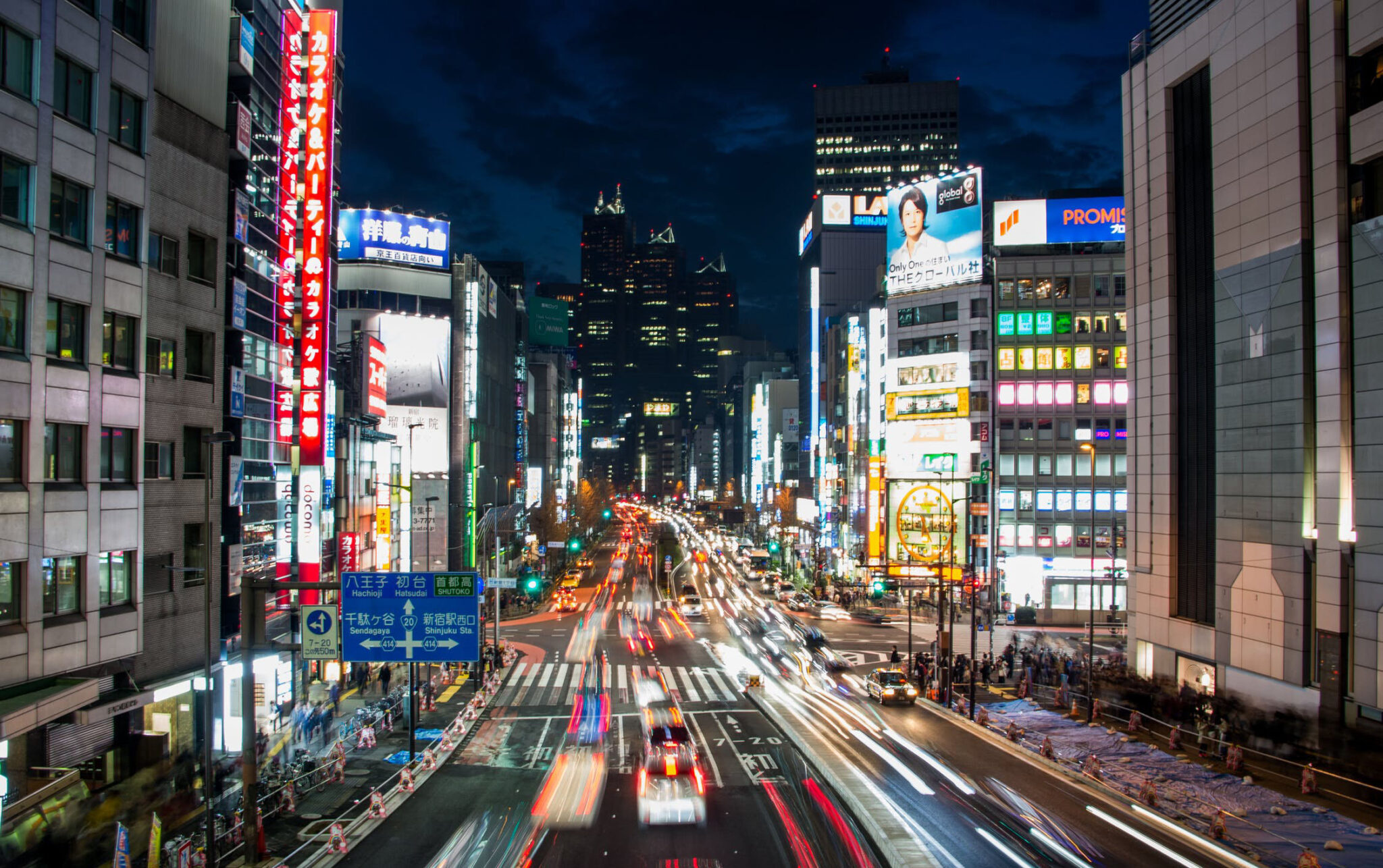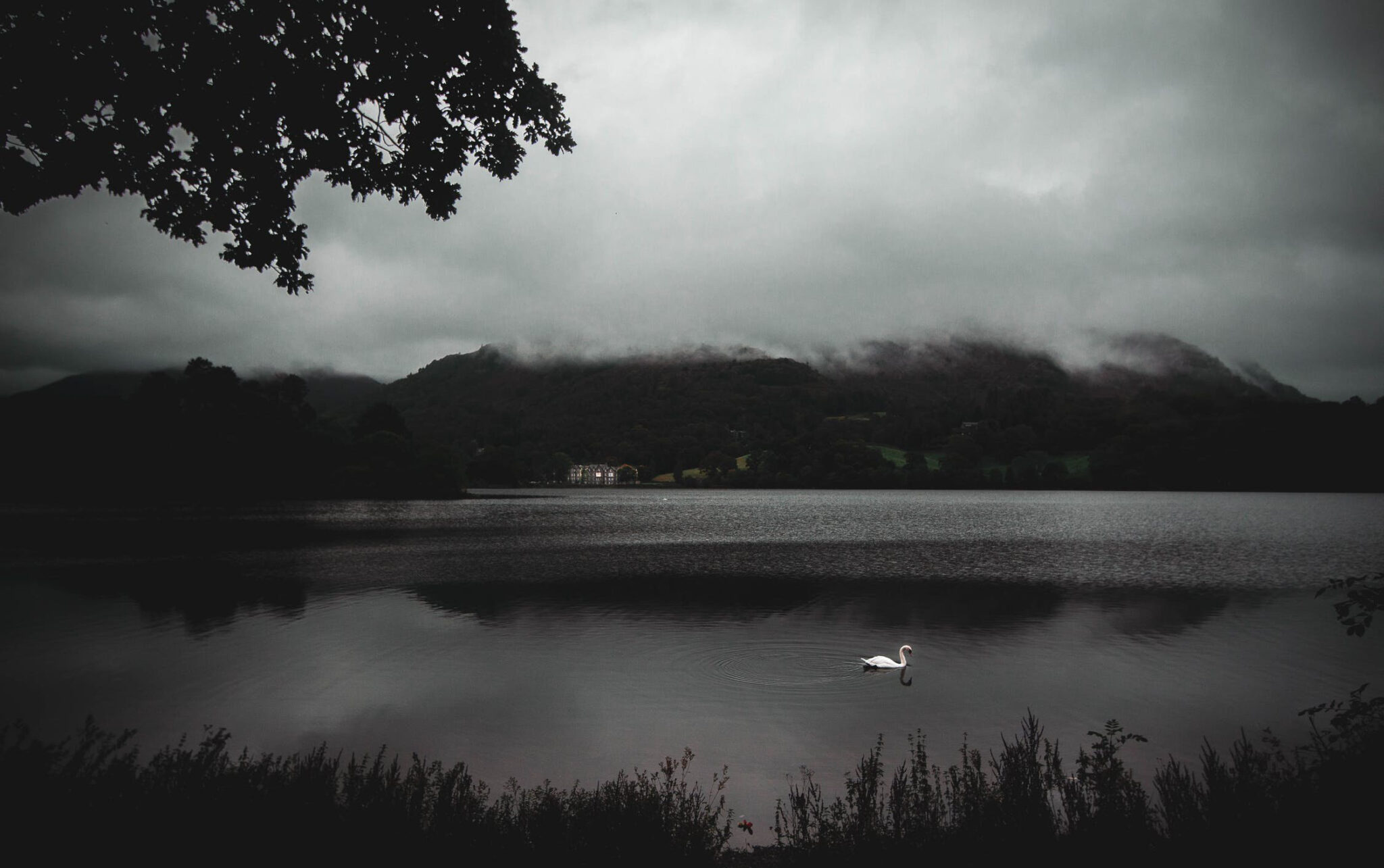Since the revival of the modern Games in 1896, the Olympics have had to cope with a range of risks, from financial, security, sporting and reputational risks to diplomatic incidents and war. In 2020, that list expanded when the Tokyo Games was postponed due to COVID-19.
Any catastrophe affecting the Olympic Games could result in high-impact, long-term consequences for the cities that host them. People, infrastructure and entire supply chains are at stake. Forcing the Tokyo Olympics to be postponed by a year, the COVID-19 pandemic has stolen the risk limelight, but it remains as vital as ever to remember the wider risk landscape.
People risks
Olympic Games typically involve a large population influx from various countries to a city, in this case Tokyo, already one of the largest cities in the world. How will this work in a COVID-19 world, where physical distancing is set to be recommended for a long time?
A recent government survey showed only 0.1% of Tokyo residents have coronavirus antibodies. That is much lower than 14% in the state of New York in April, and 7% in Stockholm. The citizens of Tokyo may not want to accept the risk of an influx of people on top of managing their own national situation. The pandemic has also reduced the enthusiasm of residents to host the event, with a recent poll showing that only 24% in Japan look forward to the Olympics.
There are other people risks to consider. Ever since the 1972 Munich Olympics, where terrorists kidnapped and killed Israeli athletes, crowded spaces like sporting and entertainment venues have become targets for international and domestic terrorists. In the latest Cambridge Centre for Risk Studies City Risk index, Tokyo comes out on top by risk exposure, with interstate conflict listed as the top potential loss driver.
The multiple layers of security (including police, military and private security) will rely heavily on technology, not least to coordinate their activities. These will be the first Olympics to make use of facial recognition technology to assist with risk management and identification.
Technology risks
With such a high-profile event, security must be ultra-tight, and cybersecurity in particular is a major concern. Due to their operational requirements, scale and scope, Olympic events have the potential to trigger complex second-order effects, and cyber-attackers have grown increasingly ambitious as organizers have embraced digitalization. At the 2018 Pyeongchang Winter Olympics, suspected state-sponsored hackers carried out extensive campaigns, with TV signals disrupted, the games website crashing and ticket sales disrupted. Russia was thought to be involved in those attacks, and earlier this year Japan’s National Intelligence Agency issued a stark warning on the possibilities of state-sponsored attack at the Summer Games.
Earthquake risks
Earthquake risk is a top concern for Tokyo. The region sits at the intersection of the Pacific and Philippine Sea tectonic plates being pushed under Eurasia and forming the Itoigawa-Shizuoka Tectonic Line (ISTL). Given the structural dynamics, megathrust earthquakes along these boundaries are a common driver of risk discussions for the region. However, recent swarm activity in the Tokyo area can be interpreted in two ways. A simple view is that an increase in smaller earthquake activity leads to higher chances of a big one. However, a seismic creep could also be an indication that fault stress is being reduced in the region. Whatever the impact, the immediate response strategy remains the same.
Japan already has strict building codes governing construction and engineering and many Olympic venues will sport earthquake-ready designs aimed at decreasing damage by spreading the shock to a building across seismic isolation bearings. Drills and evacuation exercises aimed at supporting fast and efficient emergency plans have been held, and extra time should allow organizers to identify further improvements in response strategies.
See also: How Risk Managers Must Adapt to COVID
Weather and climate risks
The first Olympics to experience heat stress issues were the 1912 Stockholm Games, where temperatures reached 32 degrees Celsius (90 degrees Fahrenheit) in the shade and resulted in half the marathon runners failing to complete the race. Only two years ago, record-breaking summer heatwaves led to the deaths of over 1,000 people in Japan. Similar heatwaves from that year have been studied in the U.K., with research suggesting that record-breaking temperatures are now increasingly likely due to human-induced global warming.
Japan’s average temperatures are virtually certain to be rising at a rate of 1.21 degrees Celsius per century, compared with the global rate of 0.73 degrees Celsius per century (calculated by the Japan Meteorological Agency). While fine and sunny weather will help the Games run smoothly, this increased risk of serious and deadly heatwaves is an important consideration to add to other weather and climate risks such as typhoons and extreme rainfall. Whether contingency plans must be enacted due to heatwaves, or whether extreme weather leads to damage to infrastructure or venues, there could be a substantial financial impact, and risk transfer options will have been considered.
Flood risks
During the 2012 London Olympics, the tube link to Stratford in east London was closed after a water main flooded the tracks of the Central line, which connects the West End and City to the Olympic Park, raising concerns about the resilience of London's transport network. Flooding issues were also seen in Russia in the run-up to the Sochi Winter Olympics, when flash floods caused massive disruption to the preparations. An estimated 2,000 workers were required to clean up the mess.
Japan has committed to large infrastructure projects, hoping that the Tokyo Olympic Games leave a long-lasting legacy. The first time Japan hosted the Olympics, in 1964, prompted the operations of the first Japanese bullet trains. The government has built several state-of-the art flood control structures in the Greater Tokyo Metropolitan area, home to more than 37 million people and the most populated megacity in the world. Super levees around the Arakawa River provide protection against major floods, and the massive underground storm water storage facility that forms part of the Metropolitan Area Outer Underground Discharge Channel is the biggest in the world.
Stakeholders across the board are going to need to challenge their thinking and decision-making styles as these Games break from the regulated cycle of audits and check-ins. The reputation risks for all involved have never been higher, and, while organizers are already looking at options to simplify the Games, there may come a point where the risks exceed the appetite.
See also: 3-Step Framework to Manage COVID Risk
Conclusion
It is still unclear whether the Tokyo Olympics will indeed happen in 2021. The current climate has reminded us that we should always expect the unexpected.
Taking extreme events and stress-testing them, whether through quantitative modeling or qualitative scenarios, is one way to build resilience to global, complex risks and decide what to do next. As COVID-19 has demonstrated, society has developed in such a way that the impacts of past events are no longer a certain guide for the future, and this event presents an opportunity for all to make changes beyond the organization of these Games and leverage insights from science to increase their resilience.








